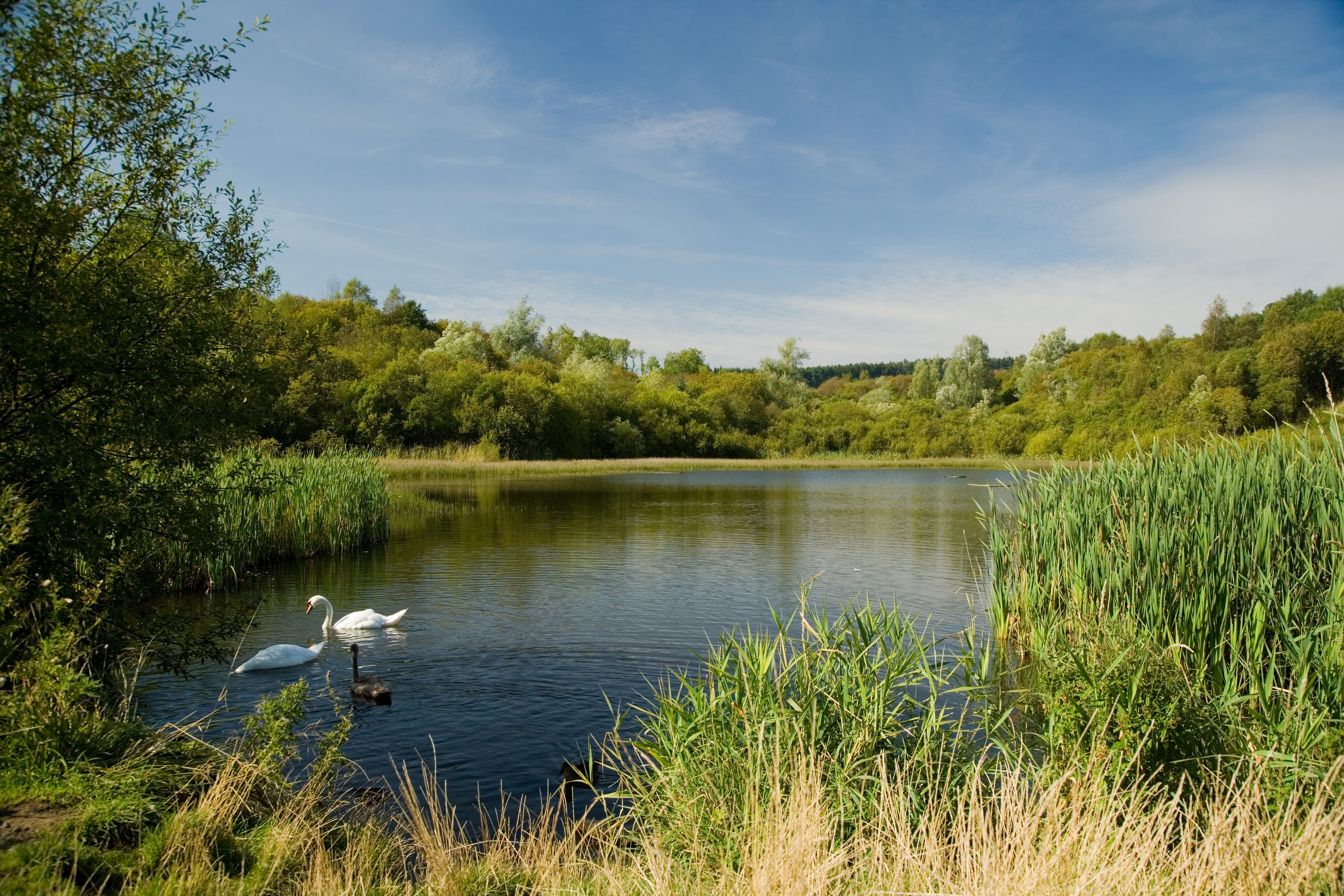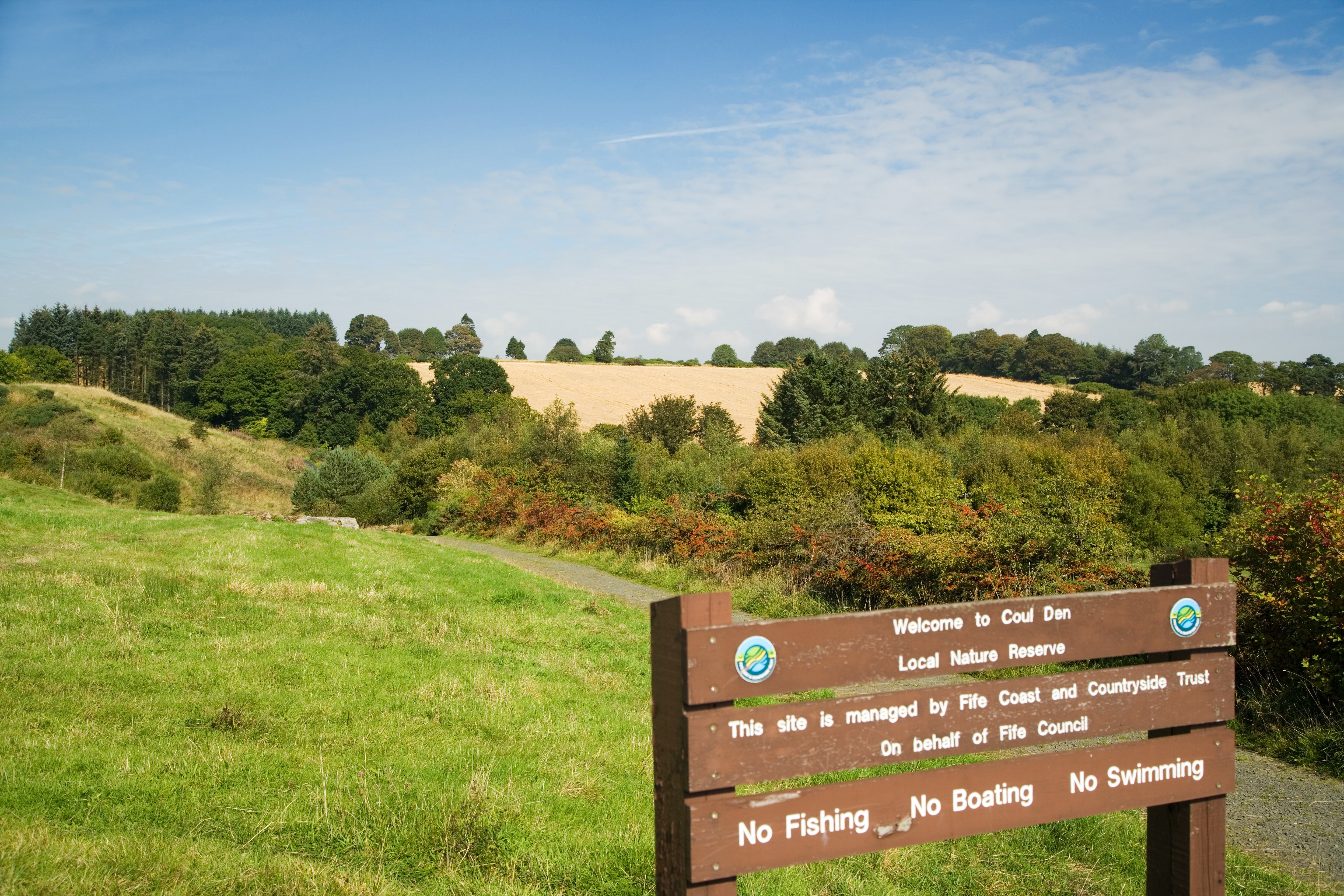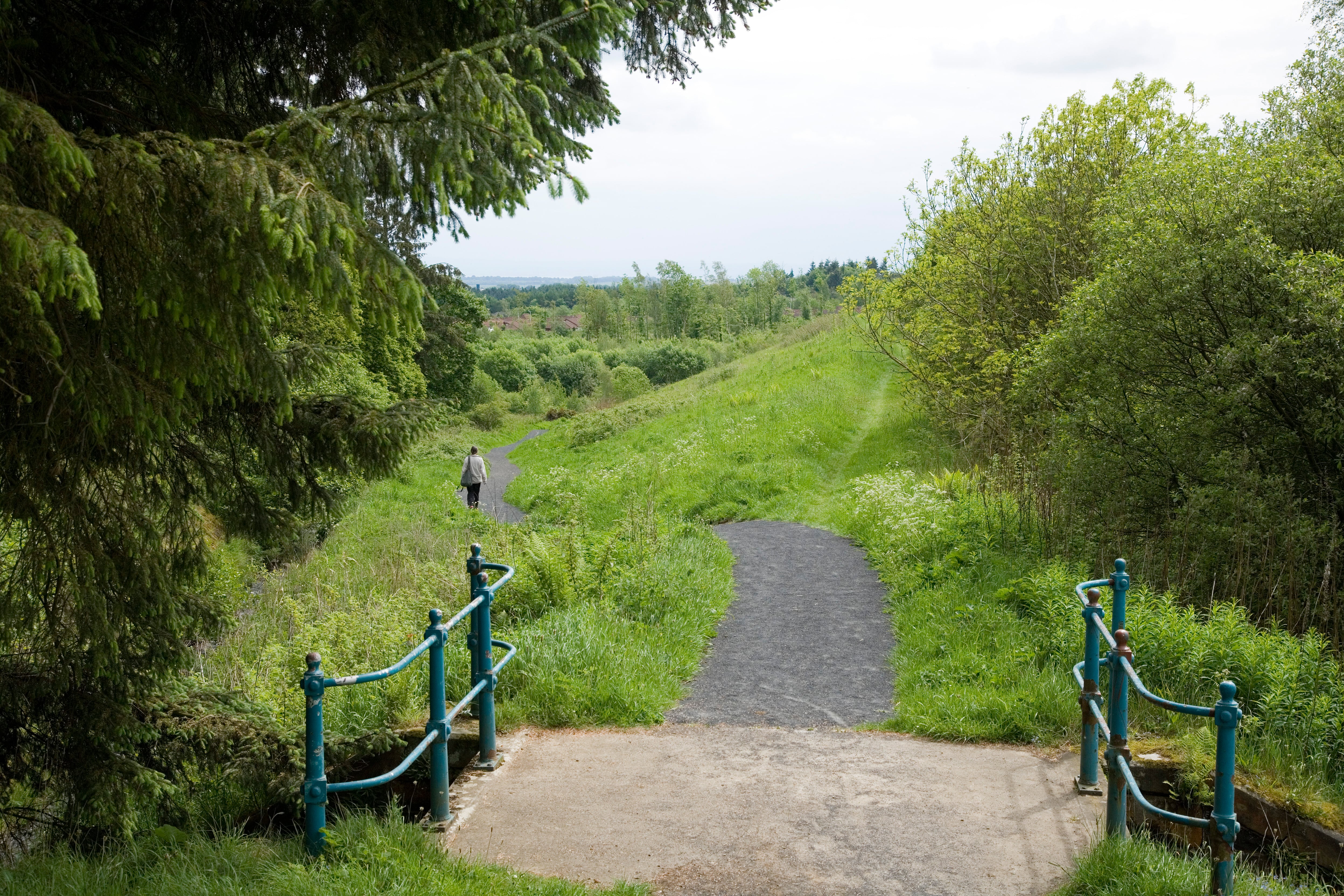Published Date: Feb 3rd, 2025

Following the successful restoration of the River Leven, an ambitious new project is underway to breathe life back into one of Fife’s cherished waterways.
Partners Fife Council, SEPA (Scottish Environment Protection Agency), and Fife Coast and Countryside Trust are joining forces to restore a 5.8-kilometre stretch of the Back Burn – also known locally as the Conland, Coul, and Balbirnie Burn – between Rhind Hill in the Lomond Hills and Newton, just north of Markinch.
The Restoring the Back Burn project, a vital part of the wider Leven Programme, aims to return this historically significant waterway to a more natural state.
Supported by funding from the Water Environment Fund (WEF) and Fife Council, the restoration will improve biodiversity, reduce flood risks, and create enhanced greenspaces for the community to enjoy.
The project is now in its final design stage, with cbec eco-engineering appointed as technical designers. Drawing on expertise from the successful River Leven restoration, cbec is developing innovative designs to restore the Back Burn while respecting its cultural and historical significance.
Improvement works are planned for Summer 2025, focusing on two key areas:
Coul Den Reservoir (managed by Fife Coast & Countryside Trust):
- Restoring the original watercourse while preserving the historic blue sluice gate.
- Removing concrete and gabion baskets from the outfall channel.
- Creating step-pools to enhance fish passage and habitat.
- Constructing new bridge and boardwalk crossings to improve water flow and flood management.
Balbirnie Park (an A-listed designed landscape managed by Fife Council):
- Removing man-made weirs to allow the burn to flow naturally.
- Installing step-pools to manage steep gradients and support biodiversity.
- Replacing gabion baskets with greener bank protection measures.
- Constructing new footpaths to enhance accessibility for visitors.
“This project represents an incredible opportunity to transform the Back Burn into a thriving natural habitat that benefits both wildlife and the local community,” said Councillor Jan Wincott, Fife Council spokesperson for environment and climate change.
“We’re proud to build on the success of the River Leven restoration and create a space where residents and visitors alike can connect with nature.”

Centuries of industrial activity and man-made modifications – including artificial straightening, barriers such as weirs, and wire baskets filled with stones (gabions) – have left the Back Burn degraded.
Restoring its natural flow will provide wide-reaching benefits, including boosting local biodiversity by improving habitats for plants and animals; enhancing community greenspaces for recreation and wellbeing; improving climate resilience through natural flood management; and protecting heritage while creating space for nature in urban settings.
Lynda Gairns, River Restoration Specialist at SEPA, said: “SEPA’s Water Environment Fund (WEF) are delighted that the Back Burn restoration project will start the works phase this summer.
“Following on from the success of the River Leven restoration project last year, we look forward to continuing to improve rivers across Fife for both wildlife and people.”
Ed Heather-Hayes, Head of Development at Fife Coast and Countryside Trust, added: "Building on the success of the River Leven restoration, we’re delighted to be moving forward with the Back Burn restoration project this year, continuing our commitment to enhancing natural habitats and community spaces across Fife.
“It's fantastic to be collaborating once again with SEPA, Fife Council, and cbec eco-engineering on this next phase of river restoration, which forms part of the wider Leven Programme, and we’re excited for our own team to get involved and develop their skills on this project through the delivery of minor improvement works along the burn.”

Community engagement is at the heart of the Restoring the Back Burn project.
Further details and updates will be shared in due course to ensure local people are involved in shaping the future of this treasured waterway.
For more information about the project and the Leven Programme, visit www.theleven.org.
SEPA administers the Water Environment Fund (WEF) on behalf of the Scottish Government and works in partnership with local authorities, land and structure owners, fishery trusts and conservation bodies to deliver an annual programme of river restoration projects.
The Water Environment Fund (WEF) delivers projects which will derive the greatest benefit to Scotland’s rivers and neighbouring communities.
Working in partnership with local authorities, WEF is used to create better river environments for wildlife and people. We do this by restoring damaged river corridors to enhance the ecological value of the river and improve public amenity and well-being opportunities, including the reduction of flood risk.
Find out more information about the Water Environment Fund.
Photos courtesy of Fife Coast and Countryside Trust.

